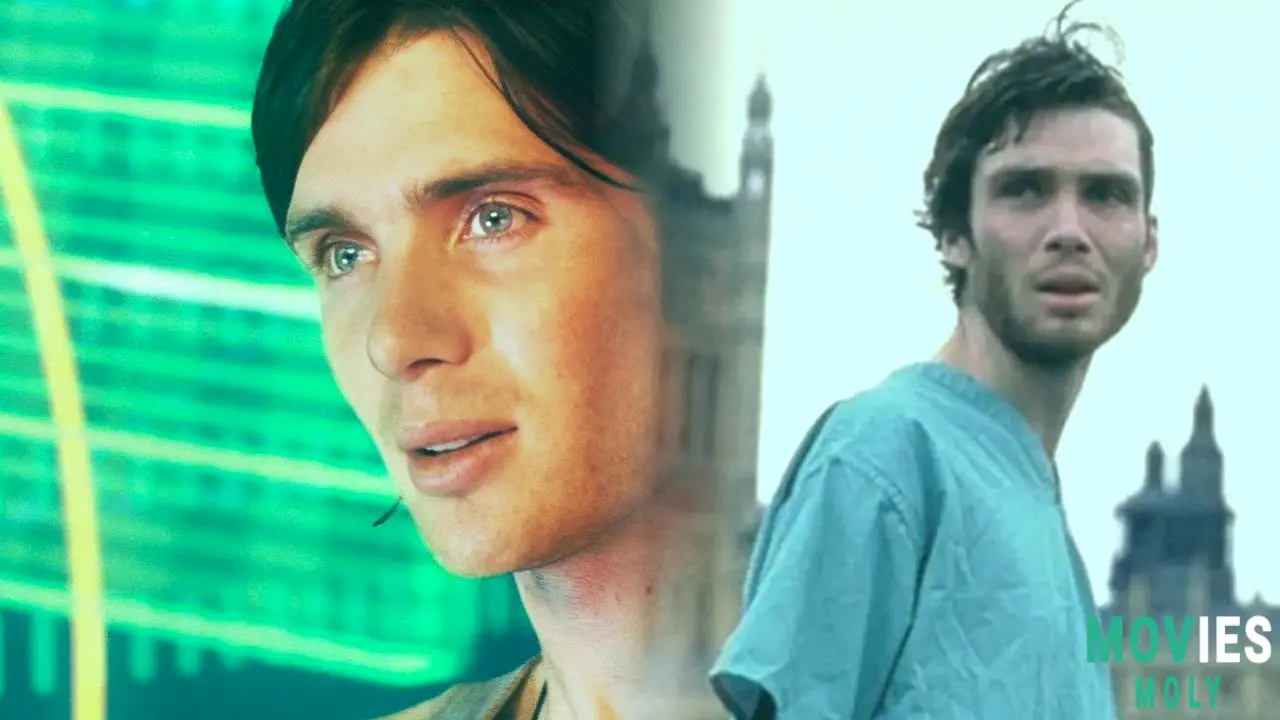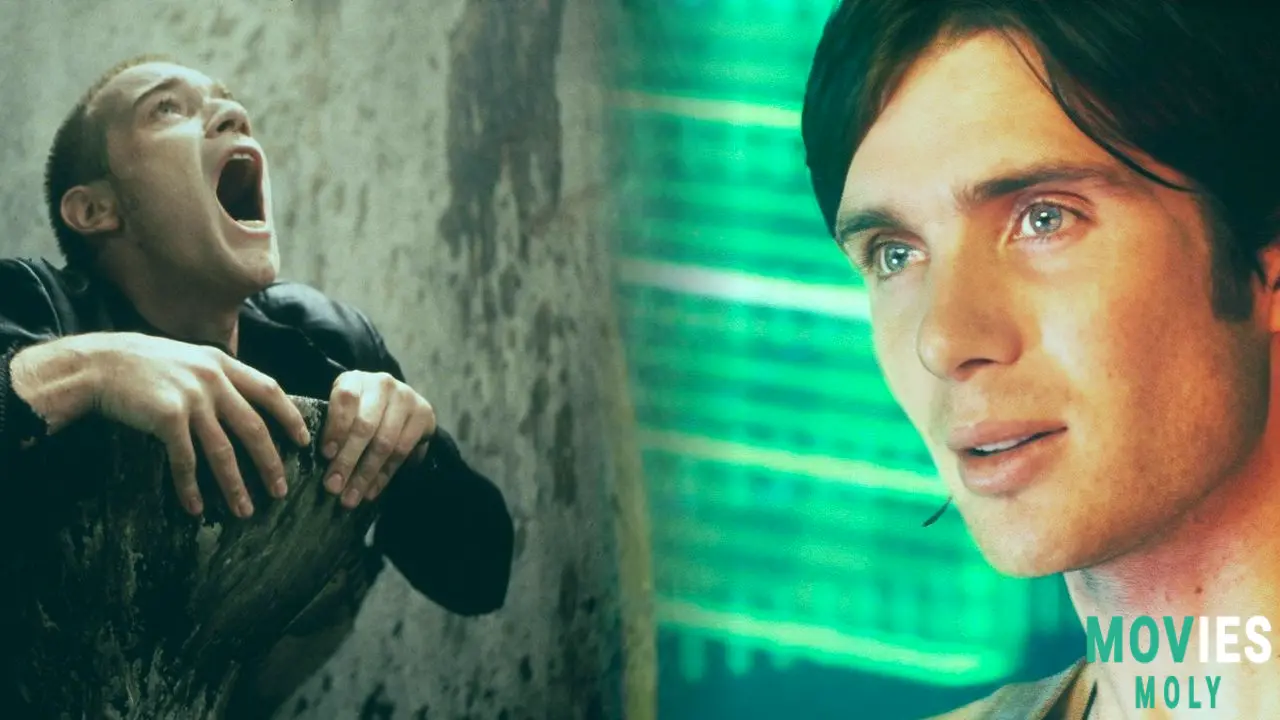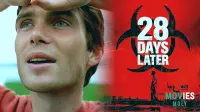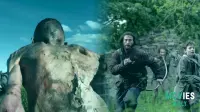As a fan of the first 28 Days Later, I get quite thrilled when I hear of a new film in that universe. Danny Boyle and Alex Garland are reunited for 28 Years Later, which I've been looking forward to. This is meant to be the first of three new zombie movies. While I am excited to see it, there is one strange thing that has me perplexed: they are producing official 28 Years Later beer.
I mean, seriously? Beer? According to a press announcement, Tiny Rebel will create two new IPAs for the movie. One of them is a "blood orange liqueur-infused IPA with an infectiously juicy bite." The other beer is a "tropical pineapple IPA that's as bold as it is refreshing." Both are intended to be "inspired by the ferocious energy and apocalyptic vibes of the new 28 Years Later film." I suppose that's one approach to get people talking about a movie. However, it feels weird for a horror series. I'm not sure I'd ever request a pint that is "as intense as the film itself," especially if the video has truly terrible content.
This is not a criticism of the new picture. From what I've seen and heard, it appears to be the type of gripping horror film that we can't get enough of. It appears to be a video that will make you reconsider walking home alone after watching it. I am quite excited to see what Boyle and Garland have created this time. Their return to the franchise is significant for horror aficionados like me.
Unique ideas and inspirations behind the new 28 Years Later filmHow Brexit and Teletubbies Shaped Danny Boyle's Vision For The Most Recent Installment
It took some time for Danny Boyle to return to the world of 28 Days Later. He stated that he and Alex Garland agreed that they would only work on it again if Garland had a truly compelling proposal. Boyle stated that they certainly wanted to feature Brexit and the Teletubbies. Yes, you read it correctly. The British children's show premieres 28 years later. That sounds like an unusual way to start a horror film. But I'm quite interested in seeing how it works.
The tale then transports us to an island. A tiny group of people dwell there, apart from the monster-like creatures from previous flicks. The film features Jodie Comer and Aaron Taylor-Johnson as a married couple. Alfie Williams portrays their kid, Spike. Boyle stated that Spike's path is the film's own path. They wanted to develop a horror film that also addressed family dynamics and how they may evolve on a larger scale. Taylor-Johnson's character hopes his son will follow in his footsteps. This reflects an attitude from 1950s England, when men and women held distinct employment. Boyle stated that Brexit spurred this return to old practices. Spike quits that traditional society to forge his own path. In the film, Boyle believes this represents development.
Boyle also stated that he did not want to just recreate the empty London depicted in 28 Days Later. That feeling has changed, particularly since the globe witnessed COVID. Boyle claimed that COVID changed their perspective. In the latest film, humanity are still struggling with a terrible epidemic. However, after so many years, the survivors are not simply hiding from it. They're actually hunting for hazards. This is a fascinating concept. It implies a weariness with simply living, a need for something more, even if that something more is hazardous.
Danny Boyle's Filmmaking Choices And His Challenge To The Production Team

Using iPhones and drones to create a fresh look for this new chapter of horror.
The virus in the 28 films makes its victims angry. Boyle linked it to how technology affects individuals in the real world. Despite this, he employed a lot of modern technology to create the movie. He mentioned that they used a lot of iPhones and light cameras. They didn't want anything hefty because they had to film in gorgeous natural settings. That is why they utilized so many drones. They would send actors into a scene and then film them using drones.
Boyle sought a new look for the film. He remembered that the first film was fully done digitally. It was among the first of its sort to become extensively distributed. Over time, technology has advanced significantly. Even phones can now record in 4K resolution. So they experimented. Boyle confessed they ran across some issues. Working with the crew was complicated. A director might create a film every two or three years. Crews are constantly working on sets. As a result, it is natural for them to stay with tried-and-true tactics. Boyle provided the crew with fresh obstacles. He disturbed them at times. He claimed it was difficult to overcome this resistance to change, which may not lead to perfection. They weren't looking for perfection, though. They were looking for anything in between, in the minor flaws.
Looking Back at the Original 28 Days Later and Its Lasting Impact On Horror.

Why the first film remained a classic, and how the new ones intend to build on it.
Danny Boyle's original 28 Days Later is undoubtedly one of his most unforgettable films. It distinguishes itself from other zombie films. It depicted an unsettlingly desolate London after a virus induced excessive fury in people. Alex Garland wrote the narrative. Cillian Murphy played the main role, a motorcycle courier who awakens from a coma to discover a new world. The film expertly combined horror with social commentary. It remained easy to watch and enjoy.
The first film had a gritty, almost documentary-like atmosphere due to its digital cinematography. This style greatly contributed to the sense of turmoil and haste. It made the enraged infected feel even more terrifying. This film helped to reintroduce zombie stories into the mainstream. It demonstrated that these stories may involve more than just brain-eating monsters. They may make observations on human nature and how societies fall apart. That's why it rapidly became a fan favorite and a genre staple.
Cillian Murphy has made significant contributions to the series' history. While his role in 28 Years Later may be minor, there is speculation that the Oppenheimer star may be saved for a sequel titled 28 Years Later: The Bone Temple. This second film was shot immediately after the first. So, even if he does not appear much in 28 Years Later, we may see a lot more of him later on. It's a wise decision to keep such a strong performer attached to the series, especially given his recent success. The presence of the original star, however brief, binds the new films directly to what made the first so special.
What the future holds for the 28 Days Later series and it's expanding universe.

The Promise Of A New Trilogy And How It May Continue To Shock And Entertain Us
The "Rage" virus at the center of these films causes its victims to become very aggressive. It has always been a disturbing idea, demonstrating how swiftly people may turn against one another. The films' exploration of issues such as human nature, dread, and survival distinguishes them from ordinary horror flicks. They make you consider what you would do if everything went apart. I believe this contributes to their long-term popularity.
The thought of a new trilogy, beginning with 28 Years Later, is incredibly fascinating. It means we will be able to spend more time in this unpleasant universe. With Boyle and Garland returning, I'm hoping they'll keep the series interesting and disturbing. They have demonstrated their willingness to push boundaries and try new things. Even if some of those new things have peculiar beer connections, I'm eager to see what stunning and thought-provoking stories they have in store for us next.




